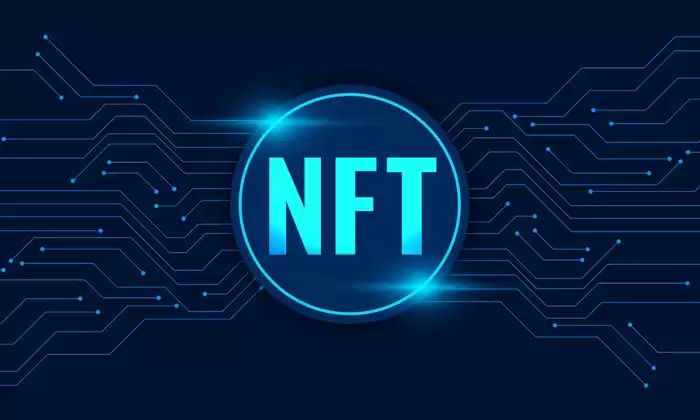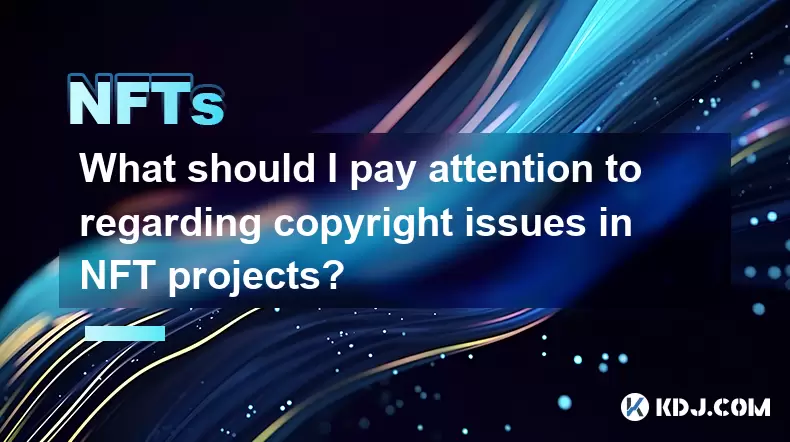-
 Bitcoin
Bitcoin $115100
1.27% -
 Ethereum
Ethereum $3675
2.71% -
 XRP
XRP $2.995
1.45% -
 Tether USDt
Tether USDt $1.000
0.02% -
 BNB
BNB $769.8
2.64% -
 Solana
Solana $168.0
3.25% -
 USDC
USDC $0.9999
-0.01% -
 TRON
TRON $0.3371
1.48% -
 Dogecoin
Dogecoin $0.2051
3.36% -
 Cardano
Cardano $0.7394
2.30% -
 Hyperliquid
Hyperliquid $38.15
0.42% -
 Stellar
Stellar $0.3966
-0.36% -
 Sui
Sui $3.486
2.93% -
 Chainlink
Chainlink $16.72
2.52% -
 Bitcoin Cash
Bitcoin Cash $568.0
4.36% -
 Hedera
Hedera $0.2440
2.59% -
 Ethena USDe
Ethena USDe $1.001
0.04% -
 Avalanche
Avalanche $22.16
2.06% -
 Litecoin
Litecoin $119.1
-0.73% -
 UNUS SED LEO
UNUS SED LEO $8.991
0.04% -
 Toncoin
Toncoin $3.232
-0.39% -
 Shiba Inu
Shiba Inu $0.00001233
2.82% -
 Uniswap
Uniswap $9.717
2.53% -
 Polkadot
Polkadot $3.664
1.85% -
 Dai
Dai $1.000
0.01% -
 Monero
Monero $281.2
-3.89% -
 Bitget Token
Bitget Token $4.350
1.55% -
 Cronos
Cronos $0.1428
5.07% -
 Pepe
Pepe $0.00001050
3.68% -
 Aave
Aave $262.3
3.54%
What is NFT technology?
NFTs, represented by unique digital tokens stored on blockchains, establish indisputable ownership, ensure authenticity, and open up new revenue streams for digital and non-digital assets.
Oct 18, 2024 at 04:23 pm

1. Overview of NFT Technology
NFT stands for non-fungible token, a unique and indivisible digital asset stored on a blockchain network. Each NFT represents ownership of a specific asset, whether physical or digital, and ensures its authenticity and provenance.
2. Properties of NFTs
- Non-fungibility: NFTs are unique and cannot be exchanged for any other NFT of the same type.
- Indivisibility: NFTs represent entire assets and cannot be split into smaller units.
- Transparency: Blockchain technology records all NFT transactions, allowing for verification of ownership and authenticity.
- Immutability: Once an NFT is created, its attributes and ownership information are immutably stored on the blockchain.
3. Types of Assets That Can Be Tokenized as NFTs
- Digital art and collectibles
- Gaming items and skins
- Music and videos
- Real estate and other physical assets
- Virtual lands and experiences
4. Benefits of NFTs
- Proof of Ownership: NFTs provide indisputable proof of ownership for digital and non-digital assets.
- Authenticity and Verification: The blockchain ensures that NFTs are genuine and not counterfeits.
- Scarcity and Collection: NFTs can be created in limited editions, creating a sense of uniqueness and value.
- New Revenue Streams: NFTs enable creators and owners to monetize their digital assets and intellectual property.
- Interoperability: NFTs can be stored on different blockchains and traded on multiple platforms.
5. Example Use Cases of NFTs
- Digital Art Ownership: NFTs represent ownership of digital artwork, allowing artists to sell and collectors to purchase unique pieces.
- Virtual Real Estate: NFTs can tokenize virtual land in metaverse platforms, creating digital assets and communities.
- Gaming Collectibles: NFTs represent ownership of in-game items and characters, enabling players to trade and collect rare items.
- Digital Identity Verification: NFTs can be used to verify digital identities, ensuring secure online transactions and preventing fraud.
- Supply Chain Tracking: NFTs can represent physical assets in supply chains, providing real-time tracking and proof of authenticity.
Disclaimer:info@kdj.com
The information provided is not trading advice. kdj.com does not assume any responsibility for any investments made based on the information provided in this article. Cryptocurrencies are highly volatile and it is highly recommended that you invest with caution after thorough research!
If you believe that the content used on this website infringes your copyright, please contact us immediately (info@kdj.com) and we will delete it promptly.
- BlockDAG, Litecoin, and Cardano: Charting the Course in Crypto's Dynamic Waters
- 2025-08-07 09:09:06
- Fireverse Token: Igniting a Musical Revolution in Web3
- 2025-08-07 08:27:45
- Ethereum, L2 Withdrawals, and Decentralization: A New Yorker's Take
- 2025-08-07 08:32:33
- Avalanche vs. Ruvi AI: Daily Sales Tell a Story of Crypto Disruption
- 2025-08-07 06:29:35
- DeSoc: The Crypto to Buy Now for a Decentralized Future (and Maybe 43x Gains!)
- 2025-08-07 06:50:16
- Arctic Pablo Coin: Riding the Meme Coin Wave with a Deflationary Twist
- 2025-08-07 07:18:13
Related knowledge

How can I determine whether an NFT project's community is healthy?
Aug 07,2025 at 06:29am
What defines a healthy NFT community?A healthy NFT community is more than just a large group of followers on social media. It reflects active engageme...

How can I participate in NFT airdrops?
Aug 07,2025 at 04:04am
Understanding NFT Airdrops and Their PurposeNFT airdrops are promotional events where blockchain projects distribute free NFTs to users who meet speci...

What should I pay attention to regarding copyright issues in NFT projects?
Aug 07,2025 at 06:47am
Understanding Intellectual Property in NFT ProjectsWhen engaging in NFT projects, one of the most critical aspects to consider is intellectual propert...

How can I screen for promising NFTs on OpenSea?
Aug 07,2025 at 02:10am
Understanding the NFT Landscape on OpenSeaBefore diving into how to screen for promising NFTs, it's essential to understand the ecosystem of OpenSea. ...

Is it possible to get a refund on an NFT?
Jul 21,2025 at 08:35pm
Understanding NFT Transactions and RefundsWhen you purchase an NFT (Non-Fungible Token), the transaction is typically recorded on a blockchain, making...

What happens to NFTs when the owner dies?
Jul 22,2025 at 02:43pm
Legal Ownership and Digital AssetsWhen an individual owns NFTs, the question of what happens to these assets upon their death is a pressing one. NFTs ...

How can I determine whether an NFT project's community is healthy?
Aug 07,2025 at 06:29am
What defines a healthy NFT community?A healthy NFT community is more than just a large group of followers on social media. It reflects active engageme...

How can I participate in NFT airdrops?
Aug 07,2025 at 04:04am
Understanding NFT Airdrops and Their PurposeNFT airdrops are promotional events where blockchain projects distribute free NFTs to users who meet speci...

What should I pay attention to regarding copyright issues in NFT projects?
Aug 07,2025 at 06:47am
Understanding Intellectual Property in NFT ProjectsWhen engaging in NFT projects, one of the most critical aspects to consider is intellectual propert...

How can I screen for promising NFTs on OpenSea?
Aug 07,2025 at 02:10am
Understanding the NFT Landscape on OpenSeaBefore diving into how to screen for promising NFTs, it's essential to understand the ecosystem of OpenSea. ...

Is it possible to get a refund on an NFT?
Jul 21,2025 at 08:35pm
Understanding NFT Transactions and RefundsWhen you purchase an NFT (Non-Fungible Token), the transaction is typically recorded on a blockchain, making...

What happens to NFTs when the owner dies?
Jul 22,2025 at 02:43pm
Legal Ownership and Digital AssetsWhen an individual owns NFTs, the question of what happens to these assets upon their death is a pressing one. NFTs ...
See all articles

























































































